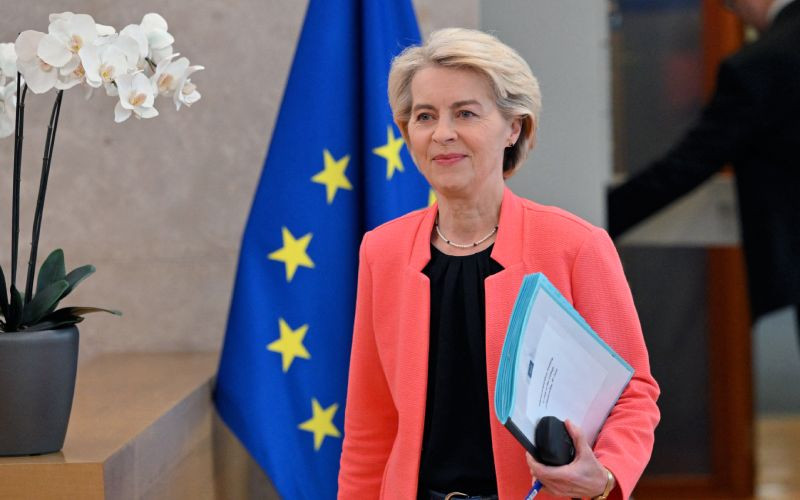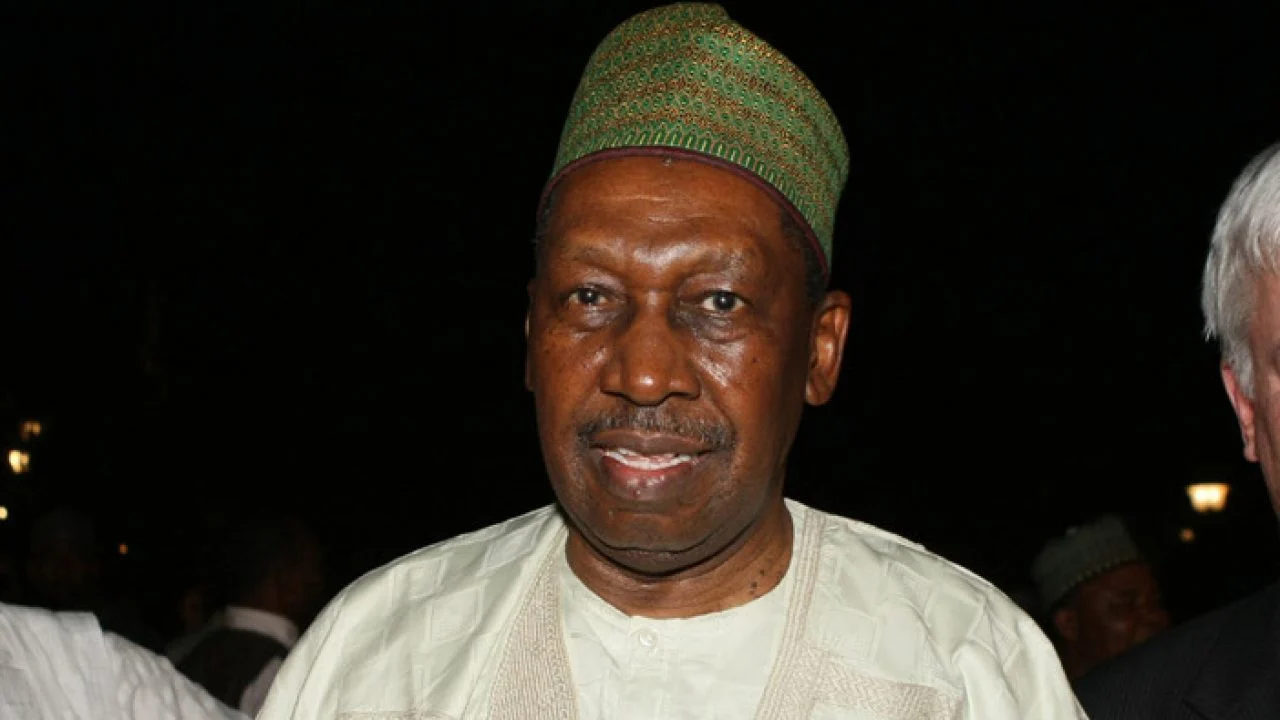Ethiopia-Somalia rapprochement and its potential geopolitical implications

Horn of African Studies Unit
Ethiopian Prime Minister Abiy Ahmed’s visit to the Somali capital, Mogadishu, on February 27, 2025 has crowned a series of positive bilateral interactions following the Ankara Declaration of December 11, 2024, ending almost two years of strained relations. This visit was preceded by Somali President Hassan Sheikh Mohamud’s visit by to Addis Ababa on January 11, 2025 and a meeting of the leaders of the two countries on the sidelines of the African Union’s (AU) summit in February in Addis Ababa. Additionally, there were exchanged visits by senior delegations from both countries. These interactions underscore both nations’ commitment to resolving past disputes, restoring relations and starting a new phase of cooperation.
This noticeable rapprochement represents a significant shift in the dynamics of alliances in the Horn of Africa, with geopolitical and security implications for the wider region’s balance of power and key actors.
Mogadishu’s primary motivation stemmed from mitigating perceived Ethiopian risks and threats to Somalia’s unity and territorial integrity, particularly the potential recognition of Somaliland’s sovereignty. The Somali government also sought tangible benefits from Addis Ababa, including security and intelligence cooperation, leveraging Ethiopia’s much-needed influential role in fighting terrorism.
Crucially, Mogadishu sought to secure Addis Ababa’s support in stabilizing Somalia, addressing internal divisions and fostering a conducive environment for democratic transition. At the very least, it aimed to neutralize potential Ethiopian interference and negative role in exacerbating Somalia’s divisions by supporting regional states, especially Puntland and Jubaland. Actions by the two regional states have complicated the foreign policy of Somalia’s federal government. For instance, both states rejected Mogadishu’s 2924 decision to close Ethiopia’s consulates in their capitals and enhanced their ties with Addis Ababa.

Critics of the Somali president view this rapprochement as a compromise of sovereignty and national interests, alleging that it serves his personal interests and ambition to consolidate the central government’s power. They charge that the president seeks through this policy to impose his political project aimed at applying a nationwide popular election system to increase his chances of remaining in power for a third term.
Driven by maritime ambitions, security concerns and geopolitical interests, Ethiopia has secured significant gains that align with its long-term strategic objectives in Somalia and the broader region:
Ethiopia has advanced its plans to establish maritime influence through Somalia. As stipulated in the Ankara Declaration, Mogadishu has committed to exploring the possibility of granting its landlocked neighbor access to the sea needed for trade based on a win-win formula for both sides. Prime Minister Ahmed’s visit aimed to build trust and facilitate technical talks. The first round of these talks was initiated in Ankara 10 days prior to his visit, with the aim of establishing a framework agreement by June.
Ethiopia has strengthened its military presence and security roles in Somalia, which are deemed crucial for Addis Ababa’s national security. An agreement signed by the Ethiopian and Somali defense chiefs of staff on February 22, 2025 regulates the status of Ethiopian forces deployed in Somalia. Under this agreement, Ethiopia is assigned a significant role in the new the African Union Support and Stabilization Mission in Somalia (AUSSOM), contributing approximately 2,500 troops – the second largest contingent after Uganda (4,500 soldiers). In comparison, 1,520 troops were allocated to Djibouti, 1,410 to Kenya and only 1,091 to Egypt. Notably, Egypt, originally slated to lead the mission and contribute 5,000 troops, now holds a smaller role in the approximately 11,900-personnel mission.
Ethiopia has sought to alter the regional balance of power in its favor by distancing Somalia from the Egyptian-Eritrean-Somali axis, thereby diminishing its influence. This also serves to counter Cairo and Asmara’s attempts to position themselves as strategic alternatives to Ethiopia for Somalia.
Relations between Ethiopia and Somaliland are currently in a state of uncertainty, stemming from the latter’s growing distrust of its larger neighbor. Diplomatic activities between the two countries have declined since Ethiopia’s “pivot” toward Somalia, a development Hargeisa observes with unease, adopting a hedging strategy while monitoring the reconciliation process.
While Addis Ababa has not abandoned the memorandum of understanding with Somaliland, it has effectively frozen rather than completely cancelled it. This allows Ethiopia to keep this MoU as a bargaining chip should Mogadishu fail to offer a viable alternative for ports arrangements. The new Somaliland government, led by Abdirahman Irro, appears less enthusiastic about moving forward with the maritime deal. It may view it as an unnecessary concession of sovereignty, involving the granting or leasing of part of its coastline to Ethiopia in exchange for recognition. It believes it has a better chance of obtaining recognition from other, more important countries, such as the United States and the UK. Somaliland recognizes its strategic geopolitical and logistical advantages, making it one of the best options for Ethiopian port diplomacy.
For its part, Mogadishu is pushing for the implementation of the Ankara Declaration, which reaffirms Ethiopia’s commitment to Somalia’s sovereignty and unity, recognizing the federal government as the sole legitimate authority. This was confirmed in the joint communique issued after the February 22, 2025 meeting of the two countries’ military chiefs in Mogadishu, which stipulated that “the Federal Government of Somalia will be the only point of entry for any engagement between the Federal Democratic Republic of Ethiopia and the Federal Republic of Somalia and to respect the sovereignty, territorial integrity and unity of its people.”
Ethiopia is expected to continue to carefully manage its relations with both Mogadishu and Hargeisa, seeking to contain the former without alienating the latter. Addis Ababa may pursue rapprochement between the two, aiming to de-escalate tensions between Somali elites in the south and north, serving its interests and facilitating its maritime ambitions without engaging in costly conflicts or being forced to choose between Somalia and Somaliland.
However, any success by Somali President Sheikh Mohamud in limiting Ethiopian engagement with the secessionist administration and severing Addis Ababa’s ties with the regional states would contribute to strengthening Somalia’s position on the Somaliland issue as an “internal matter.” This would reinforce centralist and unitary tendencies, but might hinder efforts to bridge the gap between Sheikh Mohamud and his opponents, and impede negotiations between Mogadishu and Hargeisa on core issues related to unity and secession.

The Ethiopian-Somali rapprochement casts doubt on the future of the tripartite Egyptian-Eritrean-Somalia alliance. While Mogadishu is unlikely to abandon its strong relations with Cairo and Asmara, it may opt for a more balanced policy, similar to its previous approach (before its diplomatic crisis with Addis Ababa early last year), which means reducing its involvement in regional power struggles. This approach may not align with Egyptian and Eritrean aspirations, as it limits their ability to contain Ethiopia and keep it away from the Red Sea. Consequently, they may be less inclined to continue supporting the Somali government and more eager to strengthen their bilateral alliance to compensate for the potential decline in their influence in the Somali arena, resulting not only from the Ethiopian presence but also from Turkiye’s deepening partnership with its Somali and Ethiopian neighbors.
However, some analysts believe that this rapprochement demonstrates to Cairo the importance of its support for Mogadishu and the efficacy of its intense pressure on Addis Ababa to withdraw from the MoU with Somaliland. Therefore, a restored Ethiopian-Somali relationship may not pose a major challenge to Egyptian policy if Cairo maintains strong and intensive engagement in Somalia and with regional actors. This is especially relevant in light of the growing Turkish-Egyptian coordination, which may pave the way for future Turkish mediation on the Grand Ethiopian Renaissance Dam issue, potentially leading to a potential Ethiopian-Egyptian rapprochement. However, this optimistic outlook appears less probable than before, given the intensity of regional tensions and polarization, the entrenched rivalries and conflicting interests between Ethiopia on the one hand, and Egypt and Eritrea on the other.
Recent geopolitical shifts in the Horn of Africa are likely to reshape the balance of power and redraw the map of regional alliances. In light of the Somali-Ethiopian rapprochement, two possible directions can be drawn for the future of alliances in the region:
Cairo and Asmara appear committed to be strengthening their alliance, while keeping Mogadishu closer to them than to Addis Ababa, thus limiting its cooperation with the latter. This strategy seeks to prevent the legitimization of Ethiopia’s maritime access through Somali territory, even under Somali sovereignty. This has been emphasized repeatedly by Egyptian and Eritrean officials on numerous occasions, most recently during Egyptian Foreign Minister Badr Abdelatty’s recent visit to Asmara, the day after Mogadishu received the Ethiopian prime minister. The minister conveyed a verbal message from President Abdel Fattah El-Sisi to his Eritrean counterpart, Isaias Afwerki, discussing ways to activate the tripartite coordination mechanism between Egypt, Eritrea and Somalia. Both parties reiterated their rejection “of any involvement by non-littoral Red Sea nations” in the Red Sea’s security and governance, a clear reference to Ethiopia.
This scenario is likely to prevail in the foreseeable future, as regional dynamics favor a deepening of the Egyptian-Eritrean partnership, especially in political, diplomatic, defense and security domains. This is especially true if Ethiopia succeeds in distancing Somalia from the Egyptian-Eritrean axis. The continued escalation of regional flashpoints, notably the Sudanese conflict, the Nile water dispute, Ethiopia’s growing maritime ambitions and the increasing tensions between Ethiopia and Eritrea, bring them closer to a collision course and a potential war. Indications of internal Ethiopian instability, including growing signs of the outbreak of armed confrontations between the two factions of the Tigray People’s Liberation Front (TPLF), against which the Ethiopian and Eritrean regimes stand in opposition, further complicate the situation. Afwerki is accused of rapprochement with the powerful faction led by the front’s leader, Debretsion Gebremichael, who intends to dismantle the interim administration in the region led by Getachew Reda, who is supported by Addis Ababa.

The Ethiopian shift toward Somalia may reveal a new direction for the Abiy Ahmed government to recalibrate its regional policies, potentially leading to a conciliatory approach with its coastal neighbors, including Eritrea. This could encourage Eritrea to explore opportunities for its own rapprochement with Addis Ababa, despite tension in bilateral relations, which has recently reached unprecedented levels following a controversial article by former Ethiopian President Mulatu Teshome, in which he accused Eritrea of destabilizing the region.
However, such positive changes in the dynamics of the Horn of Africa are supposed to be driven by local considerations, strategic calculations, regional and international consensus and other objective conditions that are somewhat lacking at the present time. These conditions include genuine commitments from all parties to overcome mutual distrust, explore avenues for addressing concerns and aligning interests, and active engagement from international and regional partners to develop a proactive response to prevent further escalation, particularly between Ethiopia and Eritrea, and to reintegrate Eritrea into the regional framework.
Recent developments in the Horn of Africa, particularly signs of warming relations between Ethiopia and Somalia and the Egyptian-Eritrean response to Ethiopian policy, provide a clearer picture of the evolving dynamics of conflict and cooperation in the region. These shifts underscore the complexities facing regional actors as they explore opportunities for strategic repositioning and navigate a competitive landscape. Rationalizing interaction patterns to mitigate confrontational approaches and proxy conflicts – common strategies among competing powers – remains crucial.
Amidst global preoccupation with more pressing issues, such as the Ukrainian war and the conflicts in the Middle East, and the resulting decline in international interest in the Horn of Africa, current contexts may create better opportunities for influential regional powers outside the region, such as the Gulf states and Turkiye, to positively influence the evolving dynamics. These actors can play a pivotal role in stabilizing the geopolitical and security situation in the turbulent region, thus strengthening their regional and international influence.
______________________________________________//__________________________________________
.







